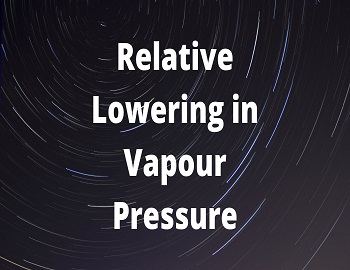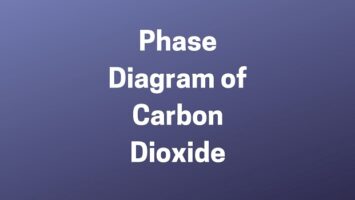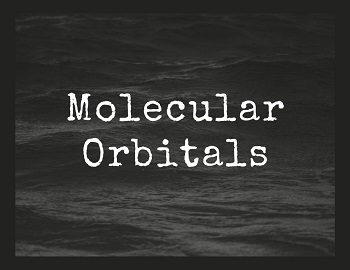Phase Boundaries:
The phase diagram of a system shows the region of pressure and temperature at which its various phases are thermodynamically stable. The lines separating the regions are called phase boundaries, and show the value of pressure and temperature at which two phases coexist in equilibrium.

Consider a liquid sample of a pure substance in a closed vessel. The pressure of vapors in equilibrium with the liquid is called the vapor pressure of the substance. Therefore, the liquid-vapor phase boundary in a phase diagram shows how the vapor pressure of the liquid varies with temperature.

(a) Critical Points and Boiling Points- The boiling point of a substance is the maximum temperature at which a liquid can remain liquid. Adding a small amount of heat energy can convert the liquid into a gas. A pure liquid may change to a gas at a temperature below the boiling point through the process of evaporation. Any change of state from a liquid to a gas at boiling point is considered vaporization. However, evaporation is a surface phenomenon, in which only molecules located near the gas/liquid surface could evaporate. Boiling on the other hand is a bulk process, so at the boiling point, molecules anywhere in the liquid may be vaporized, resulting in the formation of vapor bubbles.
The critical temperature of a substance is the temperature at and above which the vapor of the substance cannot be liquified, no matter how much pressure is applied. The critical pressure of a substance is the pressure required to liquefy a gas at its critical temperature. The critical temperature is represented by ‘Tc‘ and the vapor pressure at the critical temperature is called critical pressure, and above the critical temperature a single uniform phase called supercritical fluid fills the container and that is above the critical temperature, the liquid phase of the substance does not exist.
(b) Melting Points and Triple Points- The temperature at which, the liquid and solid phases of a substance exist in equilibrium is called melting temperature. Therefore, a substance melts at exactly the same temperature at which it freezes, i.e. the melting temperature of a substance is the same as its freezing temperature. The freezing temperature, when the pressure is 1 atms. is called Nomral Freezing Point and when pressure is 1 bar is called Standard Freezing Point.
Triple Point is defined as when 3 different phases of a substance coexist in equilibrium. For example- solid, liquid, and vapor forms of water coexist in equilibrium.









Comments (No)